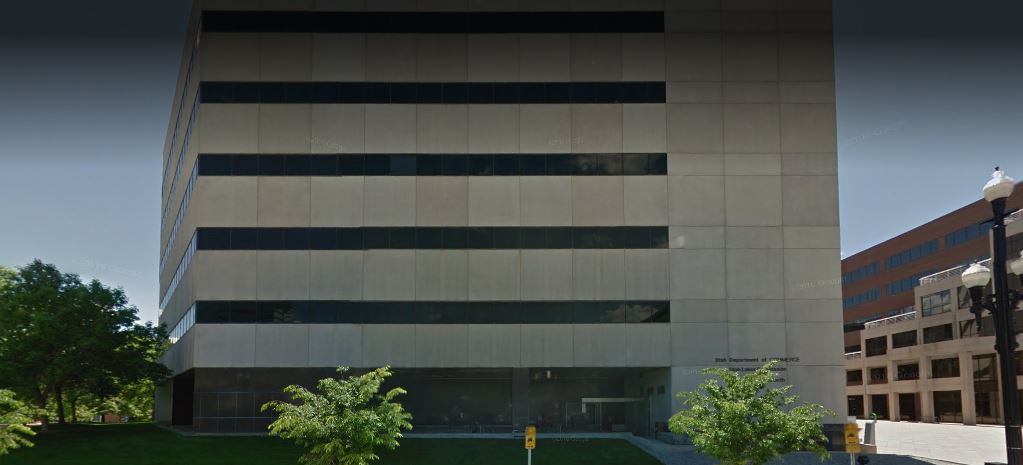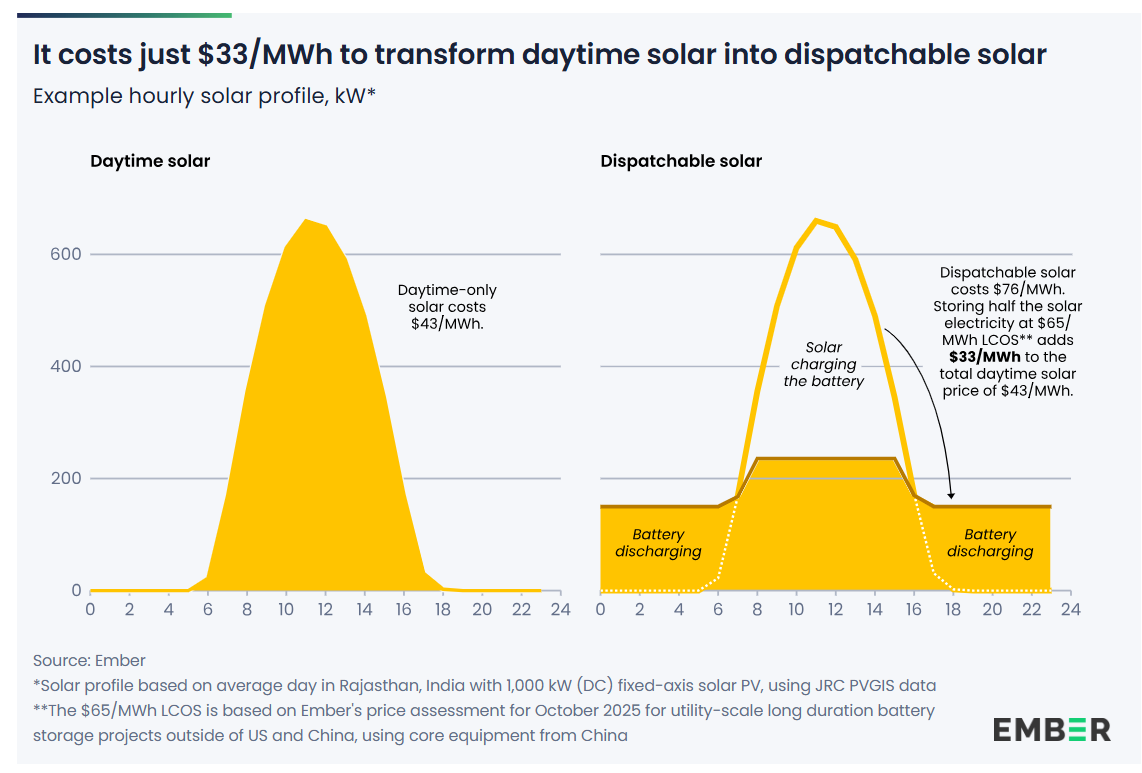If you’re planning on installing solar on your home’s roof, you’d best do it within the next six weeks. That’s when the state’s net metering program will end under an agreement between Rocky Mountain Power (RMP) and solar advocates reached in August.
The Utah Public Service Commission (UPSC) unanimously approved an agreement between solar advocates and RMP that would grandfather current solar consumers under current “export credit levels” (Utah’s way of describing net metering) until 2035. After Nov. 15, however, new customers will no longer receive full-rate reimbursement for their excess energy.
After full retail-rate net-metering ends, customers will have three years to adjust to the eventual implementation of a rate program based on a calculation of the value that solar provides to the grid. During the transition, customers will still receive credits at the lower rates.
The PSC will determine the value of solar through a study that will be completed no later than 2020 to determine the value of solar. Once that study is complete, its findings will be used to determine future rates for solar consumers.
Perhaps the most interesting part of the agreement, however, was a novel idea about how RMP will recover the costs of continued net metering payments. An environmental group discovered that, buried deep in the agreement, was a provision that allowed the utility to RMP to charge fees to non-solar customers to make up the “losses” net metering entails.
The solar industry has said RMP’s recovery program, called Energy Balancing Account (EBA) charges, is temporary and will fade away as net metering costs go down.
Net metering has been one of the most (if not the most) effective policies driving the expansion of the solar industry. Under most net metering programs, utilities measure the difference between the electricity consumers buy from them and the energy generated by solar or wind systems. Then the utility pays consumers the difference between those two numbers, if there is any.
Discussions between RMP and solar groups have been ongoing since December, when a RMP rate increase request faced such public outrage that the utility asked the PSC to suspend its rate request, a request the commission granted.
Update: This article was updated at 1:51 pm EST on 10/3/17 to update the headline to make it clear that it’s only full retail-rate net metering that is ending on Nov. 15. Net metering at diminished rates will continue for three years while the Utah PSC devises an alternative. Thanks to reader Bruce Smithhammer for pointing out the lack of clarity.
Update: This article was updated at 7:30 am EST on 10/4/17 to update the third paragraph to make it clear that it’s only full retail-rate net metering that is ending on Nov. 15. Net metering at diminished rates will continue for three years while the Utah PSC devises an alternative.
This content is protected by copyright and may not be reused. If you want to cooperate with us and would like to reuse some of our content, please contact: editors@pv-magazine.com.








Stating that “net metering is ending in Utah” is simply false. Net metering is most definitely going to continue, but with revised rate schedules. This is poorly written and misleading.
The headline isn’t as clear as it should be, that’s true. I’ll cop to that and will fix.
But here are the second and third grafs:
“The Utah Public Service Commission (UPSC) unanimously approved an agreement between solar advocates and RMP that would grandfather current solar consumers under current “export credit levels” (Utah’s way of describing net metering) until 2035. After Nov. 15, however, new customers will no longer receive full-rate reimbursement for their excess energy.
After net-metering ends, customers will have three years to adjust to the eventual implementation of a rate program based on a calculation of the value that solar provides to the grid. During the transition, customers will still receive credits at the lower rates.”
Final sentences in those grafs are pretty clear, in my opinion.